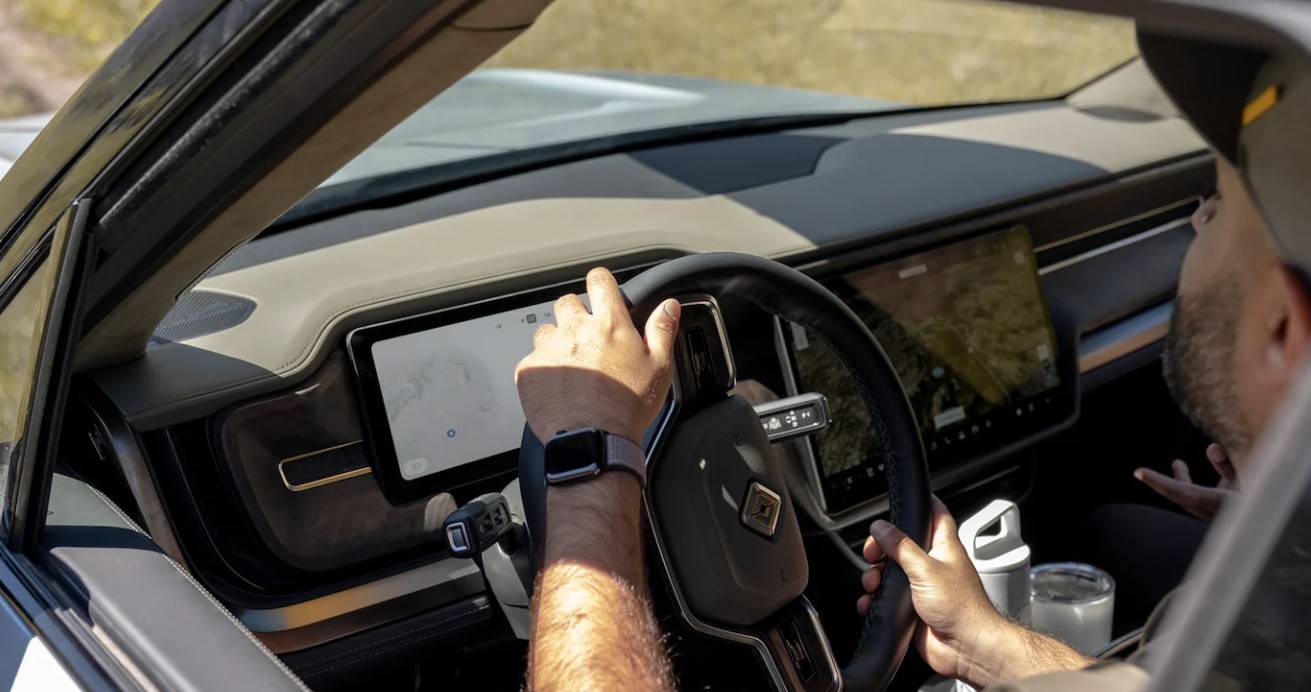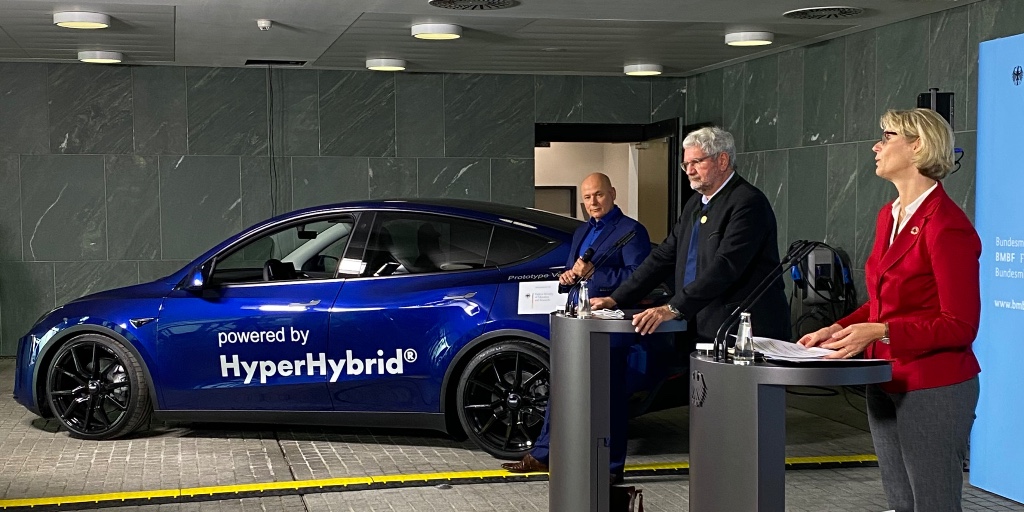This is overly pessimistic. Stellantis already has quite competitive BEV's like:
Peugeot 208 e-gt, e-2008, e-Rifter and e-Travveler.
Citroën Ē-C4, Ē-Space Tourer, Ē-Berlingo,
Fiat 500
Fiat e-Ducato
Of course those are sold in Europe and some in other markets, even Brazil.
The Fiat 500 will never go to the US, probably, but is a brilliant BEV ground up with quite spectacular technology including level 2 autopilot, like aid that works even in Rio de Janeiro horrendous traffic, excellent Tom-Tom based mapping, voice recognition that actually works as well and Tesla (in both Portuguese and English I've used it) and so on. That is their first 100%ground up and it is proving very popular.
Plus Opel and Vauxhall models
The others I list are trucks and vans that are huge in Europe, not even sold in US.
Welcome to the Official Global Website of Stellantis, a leading global automaker and provider of innovative mobility solutions.

www.stellantis.com
The problem with our enthusiasm is that many of us imagine it is impossible for others to move quickly to adopt BEV and do so very well.
Check out a review or two of the Fiat 500 and the Peugeot 208 e-GT.
There will be failures among major auto companies today, no doubt. It is rather facile to write everyone off without thinking about what they are doing.
For most times will be hard, not least because of legacy workforce and traditions. Stellantis seems to be written off by the US observers because they have zero clue what the PSA/FCA merger actually included, nor how quickly they resuscitated the corpses of Opel and Vauxhall. Carlos Tavares actually has rewritten much of the recent history and has succeeded in rewriting expectations.
Just take a trip to Europe or visit me in Rio de Janeiro, drive the new Fiat 500 and tell me again how they're going broke. Of course that requires understanding what urban mobility is all about most of the world.
Tesla does understand these markets. The new Chinese and German designs will be built and created to serve those markets. They may never be sold in the US.
But they'll replace legions of Escots and Fiestas in the UK, Polos and Golfs all over Europe and will be at home all over Southeast Asia, much of Africa, South America. In short Tesla will compete with the mass markets everywhere. That will be fun because companies like Stellantis will be making conpetitve products.
Now to be serious. Ford has left markets that were core to the success of the 1920's and half a century after, US cars, Brazil, once their largest market outside the US. They cannot move quickly enough. GM surrendered n Europe after success since 1920, leaving one country after another, then surrendering in Europe. The Japanese and Korean makers are bizarrely lagging and largely ignored the sets fo their amazing successes.
Suddenly there is Tesla and a glimmer fo Europe and not too much else but...
China, the world's leader and most innovative in BEV's. Brands like JAC, Chery and Geely are joined by the upstarts like Great Wall's WEY, NIO, Xpeng and more.
While most fo the world ignores them they're becoming better and better.
Oddly, bizarrely, only Tesla really seems to understand and competes with great success. In the meantime BMW, Daimler, VAG, GM and others cede much fo their product development to their Chinese partners but do not manage to import the ethos that makes all this happen.
There si reason to be critical of traditional OEM's. Still a handful really do understand, one fo whom is Carlos Tavares. Unlike VAG's Diess, Tavares actually has the power to make major changes.
Sorry for the rant. I only want to make certain that we understand some people are learning from Tesla.

www.teslarati.com




